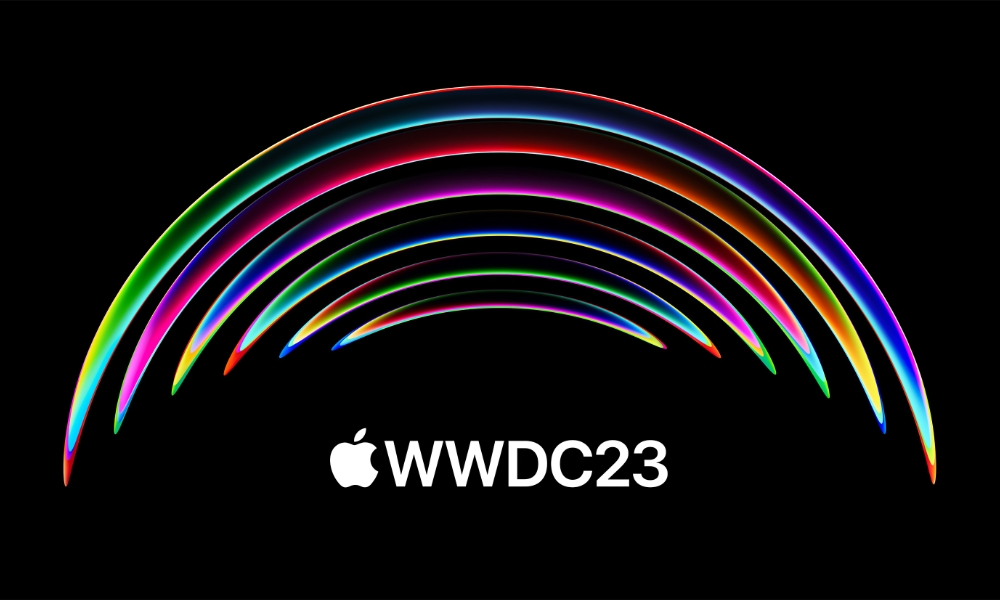Apple Delays Headset Amidst Concerns It Won’t Be an ‘iPhone Moment’
 Credit: Ian Zelbo
Credit: Ian Zelbo
Toggle Dark Mode
It seems that each time Apple’s long-anticipated AR/VR mixed-reality headset appears to get closer to reality, we hear about new roadblocks. The product’s development frequently looks as if it’s taking one step forward and then two steps back.
While there’s been a lot of buzz lately about the possibility of the headset making its debut on June 5 at this year’s Worldwide Developers Conference (WWDC), a new report by reputable analyst Ming-Chi Kuo is casting some doubt on whether that will happen after all.
As usual, Kuo doesn’t have any insight into the thinking within Apple’s executive ranks or even its design teams, but what he does know is Apple’s supply chain, and those folks have told him that the mass production schedule for assembly of the new headset has been pushed back “by another 1-2 months,” placing it in “mid-to-late 3Q23.
That’s not necessarily a significant delay, and it lines up with other reports that suggested that the headset wouldn’t ship until closer to the end of 2023 anyway — or possibly even into early 2024. Technically speaking, the “3Q23” Kuo is speaking of would run from July to September, so even if the headset began mass production at the end of that quarter, there would still be ample time for it to hit the shelves in time for Christmas. Not that it’s going to be much of a stocking stuffer with an expected $3,000 price tag.
Still, in a tweet earlier today, Kuo also indicated that Apple isn’t optimistic that the headset announcement will recreate the fantastic kind of “iPhone moment” that some are expecting. As a result, it may decide to skip its appearance at WWDC, saving it for another event later in the year, perhaps when conditions are more favorable.
The main concerns for Apple not being very optimistic regarding the market feedback to the AR/MR headset announcement include the economic downturn, compromises on some hardware specifications for mass production (such as weight), the readiness of the ecosystem and applications, a high selling price (USD 3,000-4,000 or even higher), etc.
Ming-Chi Kuo
However, it doesn’t appear that Apple’s executives are under any illusions about how the headset will be received. A report earlier this week revealed skepticism within Apple’s ranks about whether the new headset is “a solution in search of a problem.” Apple expects it will face an uphill battle in trying to convince potential customers of the value of the new technology. However, it has to start somewhere and hopes the first-generation product will pave the way for more innovations that will come down the road.
Will Apple’s Headset Debut at WWDC?
There’s plenty of precedent for Apple announcing products months before they ship — especially those in entirely new categories. The original iPhone was released six months after Steve Jobs showed it off on stage at Macworld 2007, and the Apple Watch was announced in the fall of 2014, nearly nine months before it went on sale in April 2015. Still, it’s fair to say that unveiling a headset with a $3,000+ price tag in the middle of an economic downturn might be perceived as somewhat “tone-deaf” on Apple’s part.
Kuo also notes that Apple has already made some compromises on things like weight to get the headset into mass production more quickly, and it’s also unclear whether it will have a large enough ecosystem of apps for the device. It’s not in Apple’s culture to present hardware for its own sake — there has to be a vision to go with it, and ironically that’s especially true for something like an AR/VR headset.
However, that’s also essentially what WWDC is about — ramping up enthusiasm among the developer community for Apple’s platforms. There’s likely no better place to unveil its new “realityOS” frameworks. Still, it will be difficult for developers to grasp these concepts unless there’s a physical device they can wrap their heads around (or wrap around their heads, in this case). Based on past product releases, it’s also highly likely Apple has already been working with a select group of partners under strict non-disclosure agreements to build the first round of apps to showcase the new headset.
Since Kuo is an analyst and specifically writes for investors, his latest note is about revising the forecast on how many headsets Apple is expected to ship. Initially, he said the market consensus was about 500,000 units, but the delays in mass production have dropped that estimate to around 200,000 to 300,000 units.
That still seems like a pretty optimistic estimate for a device costing $3,000 at launch and may not have many useful applications. Still, Apple also has 30 million developers worldwide, many of which will pick one or two up for development purposes, plus business, education, and other corporate customers who may find practical uses for the mixed-reality technology, depending on what Apple’s developers do with it.
[The information provided in this article has NOT been confirmed by Apple and may be speculation. Provided details may not be factual. Take all rumors, tech or otherwise, with a grain of salt.]







